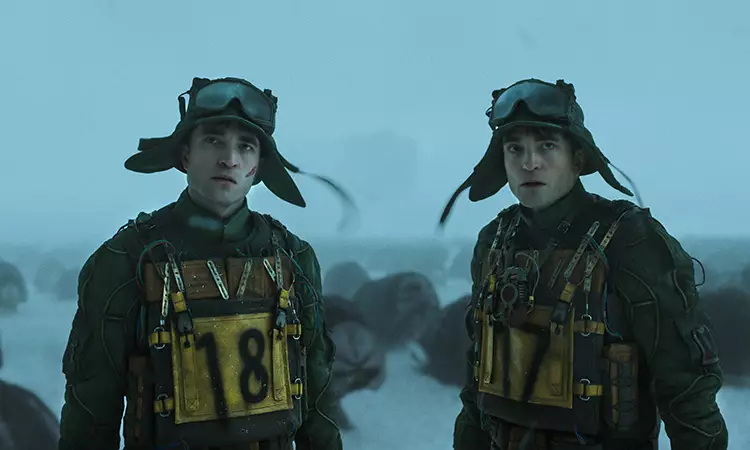The cinematic world often finds itself at the mercy of industry fluctuations, and Bong Joon-ho’s latest film, ‘Mickey 17,’ exemplifies this turbulence. Initially shrouded in anticipation, the film’s release was delayed by widespread industry strikes. Now, with its arrival, audiences are eager to engage with the themes that have long been hallmarks of Joon-ho’s narratives: the chilling exploration of class division and the ruthless machinations of corporate greed.
‘Mickey 17’ offers a deep dive into a dystopian reality where exploitation is normalized, presenting an unsettling commentary on our willingness to subjugate ourselves for survival. Adapted from Edward Ashton’s novel, the film follows Mickey Barnes, the titular character embodied by Robert Pattinson. As an ‘Expendable,’ Mickey’s fate is to endure a plethora of perilous situations, ranging from deadly missions to experimental trials, with the faint hope of being resurrected through an organic printer. This scenario breeds a potent mixture of dark humor and tragedy—the kind that is quintessential to Bong’s storytelling style.
The world of Niflheim, an alien ice planet with its non-threatening creatures, serves as the backdrop for Mickey’s trials. The juxtaposition of the external dangers against the internal struggles of humanity raises poignant questions about the moral dilemmas faced in the name of progress. Herein lies the cleverness of Bong’s script: while the character navigates a chaotic existence, the audience is prompted to reflect on their own complicity in systems of exploitation.
The ensemble cast enhances the film’s complex narrative. Noteworthy performances abound, including Naomi Ackie as Nasha, Mickey’s girlfriend, who brings a layer of emotional depth to the chaotic storyline. Steven Yeun portrays a character rife with insincerity, embodying the archetype of corporate malice. Anamaria Vartolomei and Mark Ruffalo also shine, the latter offering a performance that subtly references societal disdain for certain public figures, enriching the film’s layered social commentary.
Through these characters, Joon-ho deftly illustrates the absurdity of our reality, mirroring the bizarre intricacies of modern life. Even amidst the film’s uneven pacing, it thrives on these individual interactions and their collective absurdity.
While ‘Mickey 17’ may be perceived as chaotic and inconsistent, it is precisely through this lens that Bong showcases his artistic vision. The film’s technical aspects, such as the deliberately haphazard portrayal of technology, serve not merely as set pieces but as symbols of human reliance on flawed systems. The use of an organic printer as a narrative device is both imaginative and ironic, reflecting deeper societal issues regarding life, death, and resurrection in a capitalist framework.
Although ‘Mickey 17’ may not deliver a flawlessly coherent narrative, it compensates in thematic richness and emotional complexity. Bong Joon-ho’s return to the sci-fi genre promises to leave audiences grappling with uncomfortable truths about their own lives, revealing the intertwined nature of farce and tragedy in the human condition. This film, with its fertile ground for discussion, is a chaotic yet compelling piece that invites audiences to ponder their own existential choices—all while being entertained.

